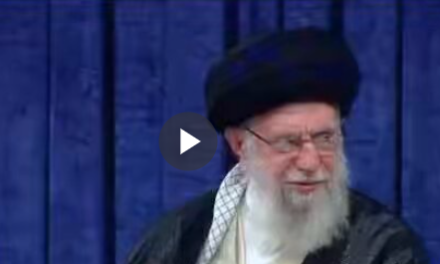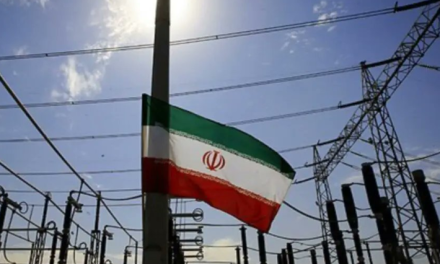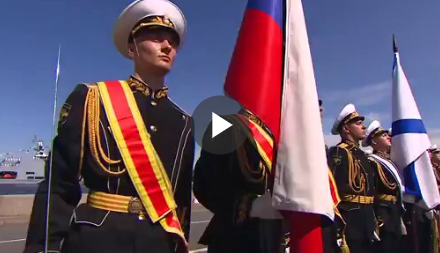Threats and more threats.
Russian President Vladimir Putin has issued a stern warning in response to U.S. plans to deploy longer-range and hypersonic missiles in Germany. Speaking at a naval parade in St. Petersburg, Putin indicated that Russia would consider itself released from its self-imposed moratorium on deploying similar weapons if the U.S. follows through with its plans. He suggested that Russia might respond by deploying its own long-range and lethal weapons, enhancing the capabilities of its naval coastal forces.
Putin warns of mirror response to US missile deployment in Germany
DETAILS: https://t.co/eXS4kRlNn2 pic.twitter.com/1NUOf8s6HC
— RT (@RT_com) July 28, 2024
Putin’s remarks were a direct reaction to a recent U.S. announcement reaffirming its commitment to NATO and the defense of Europe. The U.S. plans to begin stationing these advanced missile systems in Germany by 2026. This deployment is part of a broader strategy to bolster NATO’s defensive posture in the region, particularly in light of recent tensions with Russia.
The deployment plan includes a range of munitions, such as Tomahawk cruise missiles, SM-6 missiles, and new hypersonic weapons, which have longer ranges than those currently deployed in Europe. The U.S. and German governments issued a joint statement highlighting these moves as necessary measures for ensuring security in Europe.
⚡️ Russia will consider itself free from moratorium on deployment of its own weapons if US deploys weapons in Germany – Putin
Important Russian facilities would be within reach of US missiles in Germany with a flight time of about 10 minutes, the Russian leader stated during… pic.twitter.com/9Bjgz1jT0v
— Sputnik (@SputnikInt) July 28, 2024
The backdrop to this development includes a broader historical context. For decades, ground-based intermediate-range missiles were banned under a 1987 treaty between the United States and the Soviet Union. However, in 2019, the U.S. withdrew from the agreement, alleging that Russia had violated its terms by conducting prohibited missile tests—a claim that Russia has denied. Since the treaty’s dissolution, both nations have shown an increased willingness to develop and potentially deploy these types of weapons, stirring fears reminiscent of the Cold War era.
Adding to the tension, Russian Deputy Foreign Minister Sergei Ryabkov recently indicated that Russia is not ruling out the possibility of deploying new nuclear missiles. This statement underscores Russia’s strategic focus on defending Kaliningrad, a heavily militarized exclave situated between NATO members Poland and Lithuania. The region’s significance is heightened by its geographical position and military infrastructure, making it a focal point in the broader strategic competition between NATO and Russia.
🚨Update: Putin vows equal response – ‘mirror measures’ when US deploys nuclear missiles to Germany in 2026, as the US announced. Potentially deploying nuclear weapons to Cuba, Venezuela and even Mexico!! pic.twitter.com/SxV28qW8Ho
— US Civil Defense News (@CaptCoronado) July 29, 2024
Major Points:
- Russian President Vladimir Putin warned of deploying similar weapons if the U.S. stations long-range and hypersonic missiles in Germany.
- The U.S. plans to deploy advanced missile systems in Germany by 2026 as part of a NATO defense strategy.
- This move follows the 2019 U.S. withdrawal from a 1987 treaty banning intermediate-range missiles, which the U.S. claimed Russia violated.
- Russian Deputy Foreign Minister Sergei Ryabkov indicated Russia might also consider new nuclear missile deployments.
- The tension focuses on Kaliningrad, a Russian exclave between NATO members Poland and Lithuania, as both sides enhance military capabilities.
James Kravitz – Reprinted with permission of Whatfinger News







